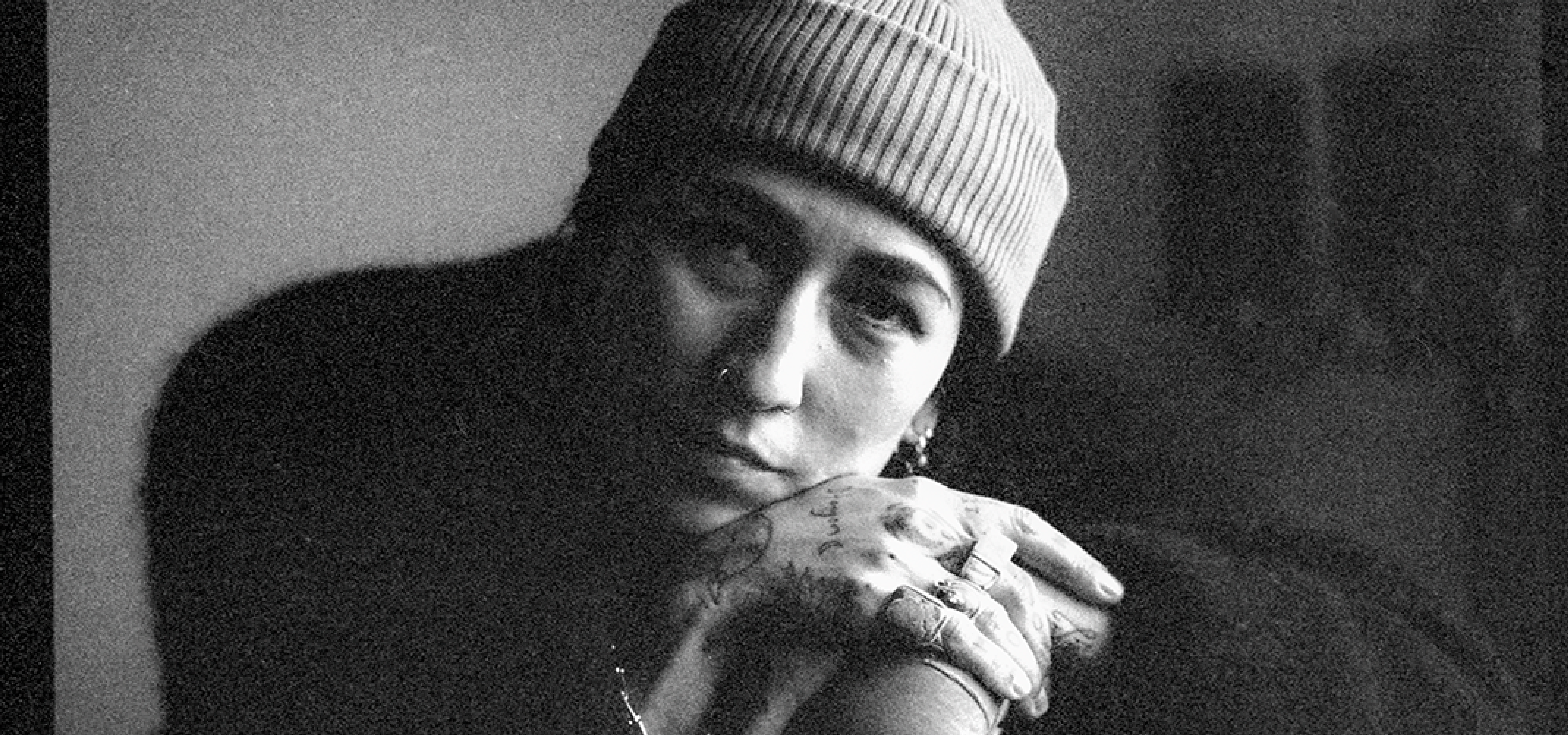
In a world shaped by change, musicians and artists have become key players in steering cultural shifts, especially within the realm of advertising – and let’s admit it, music has always been the undercover agent here. There’s a cultural shift where the lines between art and commerce blur. Artists aren’t just selling products; they’re selling a vibe, a lifestyle. From Run D.M.C & Adidas to Madonna/Missy Elliott & Gap to the most recent Just Eat collab with Latto and Christina Aguilera. Music is a powerful cultural force that resonates with diverse audiences. By associating with popular music artists, brands aim to tap into the cultural zeitgeist, staying relevant and connecting with consumers on a deeper, emotional level.
Let’s delve into the dynamics of this intersection and see how these musicians are reshaping the rules.
Gen Z musicians are not just making music; they’re crafting a cultural revolution, and brand partnerships are their secret weapon. In a world where authenticity is the currency, these artists are flipping the script on traditional advertising.
Take Billie Eilish for Nike for example. She’s not simply endorsing a brand – she’s creating an entire aesthetic that speaks to a generation that’s tired of clichés. Or the ASUS campaign with artist Godi J, showcasing how herself and the other Gen Z creatives use the product to create their art. The seemingly paradoxical mix of anti-establishment vibes and brand partnerships is their unique formula for cultural influence. It’s not about selling out; it’s about turning advertising into an extension of their artistry.
The cultural currency here lies in the genuine connection these musicians establish with their audience. It’s not about flashy endorsements, but rather about co-creating narratives that reflect the values and aspirations of the Gen Z demographic. By authentically aligning themselves with brands that echo their ethos, these artists are shaping a cultural revolution where influence is earned through shared authenticity rather than imposed aesthetics. This approach transforms brand partnerships from mere transactions into meaningful dialogues that contribute to the larger cultural conversation led by Gen Z musicians.
So, are Gen Z musicians the new cultural architects, forging paths into the future, or are they carrying the torch passed down by the trailblazing legends of the past?
In the ever-evolving landscape of advertising, certain influential artists and musicians have left an indelible mark by championing brands organically. Look at the punk rock band The Ramones in the late 70s or Nirvana in the 80s and how they unintentionally boosted Converse. There was no direct deal, but their style elevated Converse, especially the Chuck Taylor All Star. This move didn’t just change how celebrities endorse products; it set the stage for musicians becoming real trendsetters in the fashion scene.
Another notable trailblazer is Run-D.M.C., whose collaboration with Adidas in the mid-1980s forever changed the relationship between hip-hop culture and sportswear. The release of the ‘Superstar’ sneakers not only marked a significant cultural moment, but also highlighted the potential for musicians to shape the identity of global brands. These trailblazers, through their strategic brand alliances, set a precedent for future generations of artists, showcasing how partnerships could extend beyond traditional endorsements and serve as platforms for cultural innovation within the realm of advertising. As we delve into their echoes, their impact remains palpable, shaping the way we perceive the synergy between music and brands today.
The cultural shifts that influence music and advertising are complex and ever-changing. As artists strive to maintain authenticity, advertisers seek to harness the zeitgeist without falling prey to superficial trends. The dance of change requires a delicate balance.
It’s about recognising and embracing diversity, whether in perspectives, approaches or backgrounds, and finding the common thread that unites us all. In organizational settings, it involves overcoming resistance and fostering collaboration among team members with varied experiences and ideas. The nuance lies in striking a balance between innovation and tradition, acknowledging the richness that arises from differences.
This dance requires astute leadership, guiding the ensemble through the twists and turns of transformation. As we navigate these intricacies, it’s essential to heed the wisdom of those who have successfully navigated change.
In the words of David Bowie: “I don’t know where I’m going from here, but I promise it won’t be boring.”
As we tap our feet to the beats of cultural change, one thing is certain – the relationship between musicians and advertising will continue to evolve. Gen Z artists, standing on the shoulders of cultural giants, will shape the narrative, influencing not only what we listen to but also how brands connect with our hearts and minds.
So why not embrace harmony and celebrate the artists who are not just agents of change, but architects of a cultural symphony that resonates across generations?
their MMMM CannesLions events, you know the magic. Don’t miss the chance to groove to his
beats – this is a musical journey you don’t want to skip!
Picture by: Thomas Nuijten
MassiveMusic, a Songtradr company, is the agency of record for some of the most famous brands in the world. As a trusted partner, MassiveMusic delivers everything a brand needs in the field of music, voice and sound. Impactful strategies, sonic brand identities and best-in-class compositions – the agency creates this and much more thanks to its fervent passion for music combined with craftsmanship and scientific research. The ultimate goal? To make the world sound better, while helping brands and agencies be more effective through the emotional power of sound. The nifty creators and strategic thinkers behind MassiveMusic can be found in offices and studios around the world. Rumour has it they also throw a massive party every once in a while.





